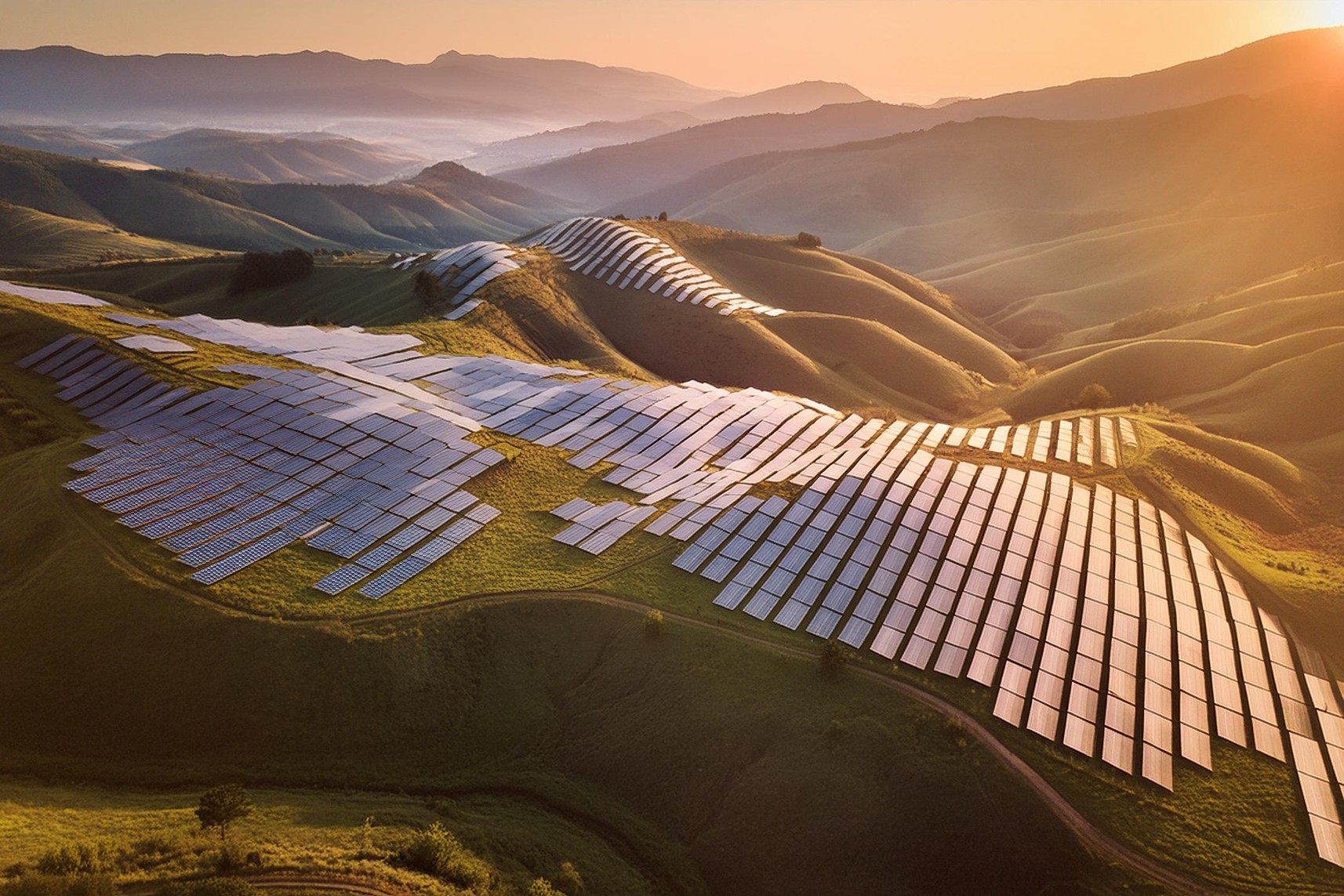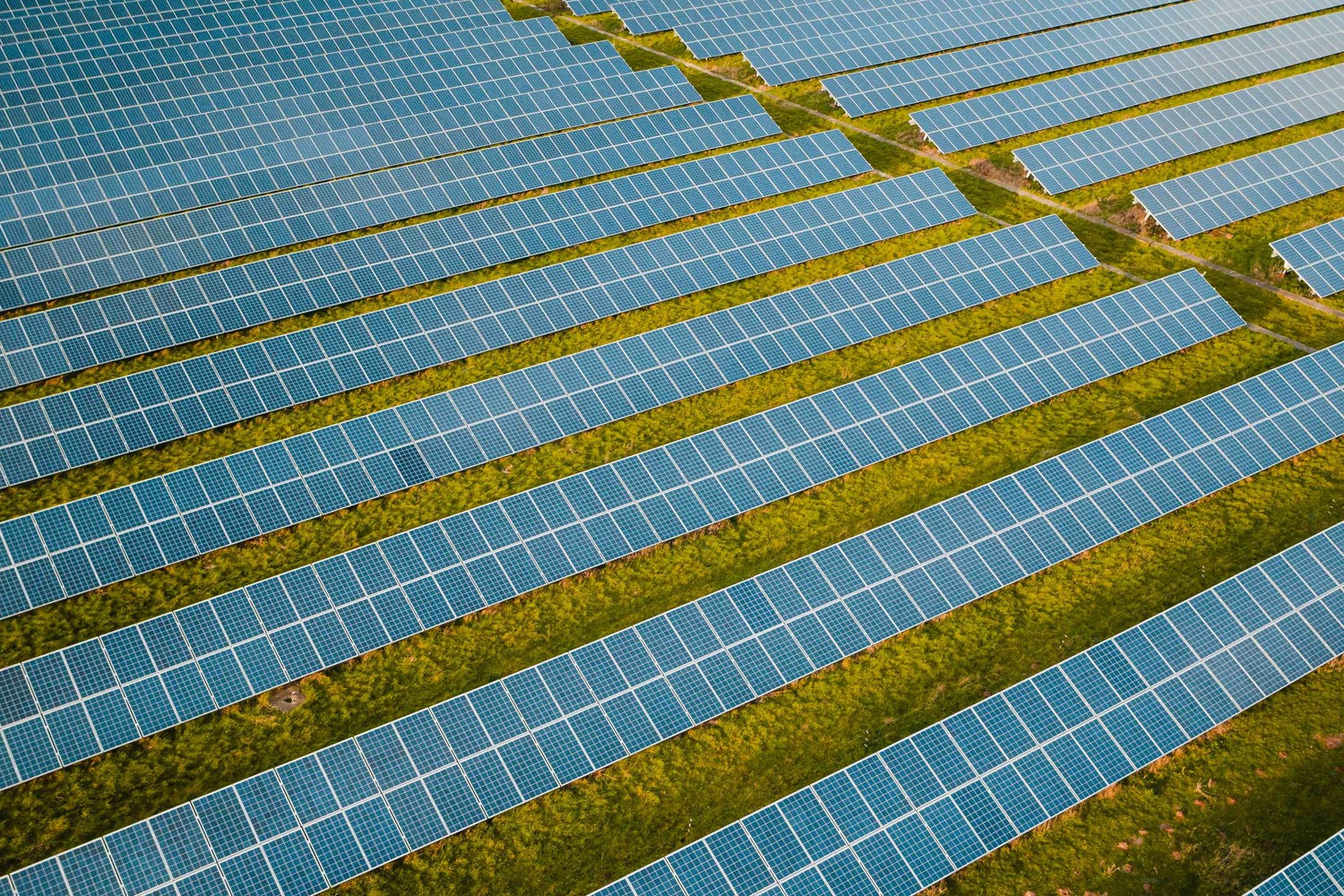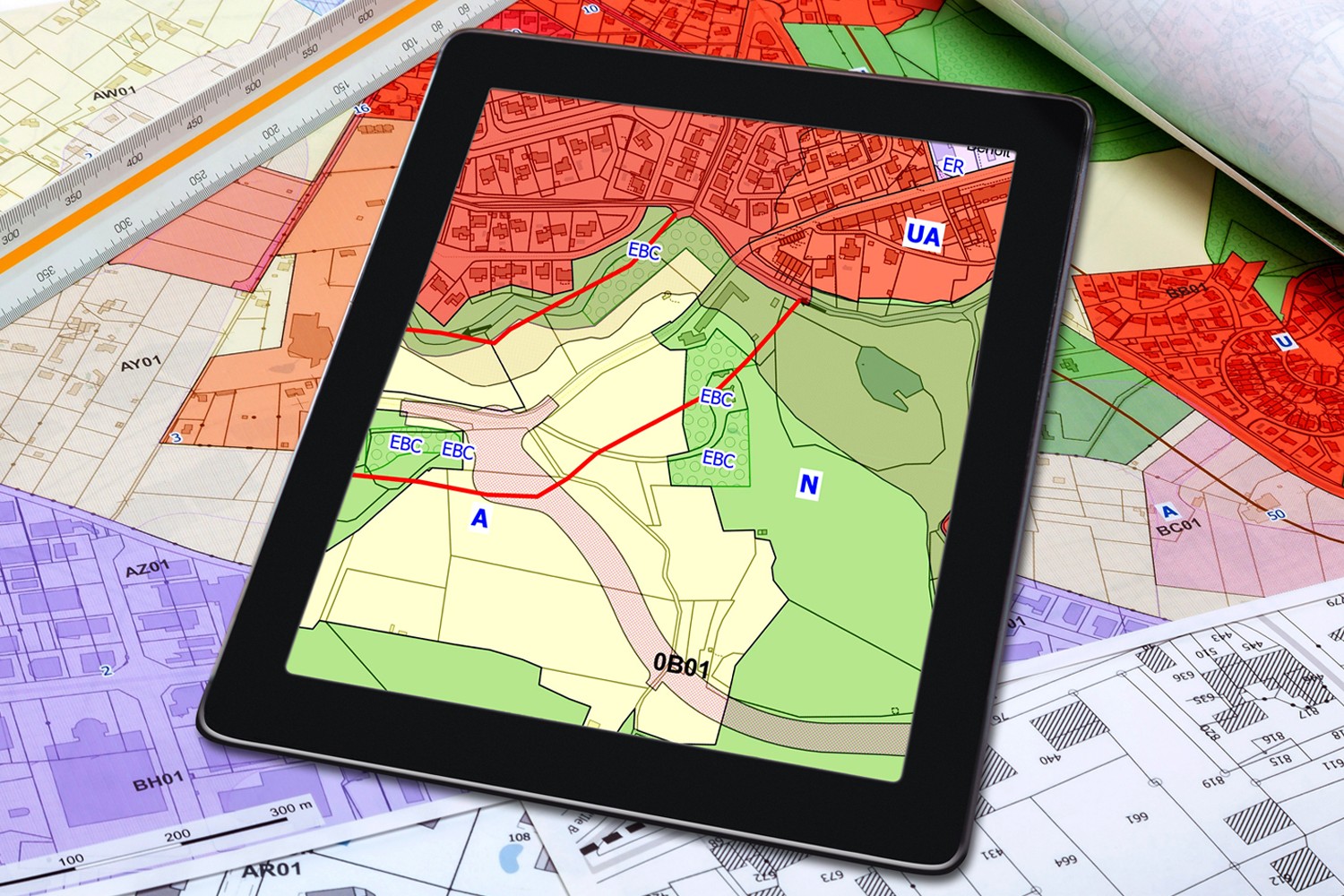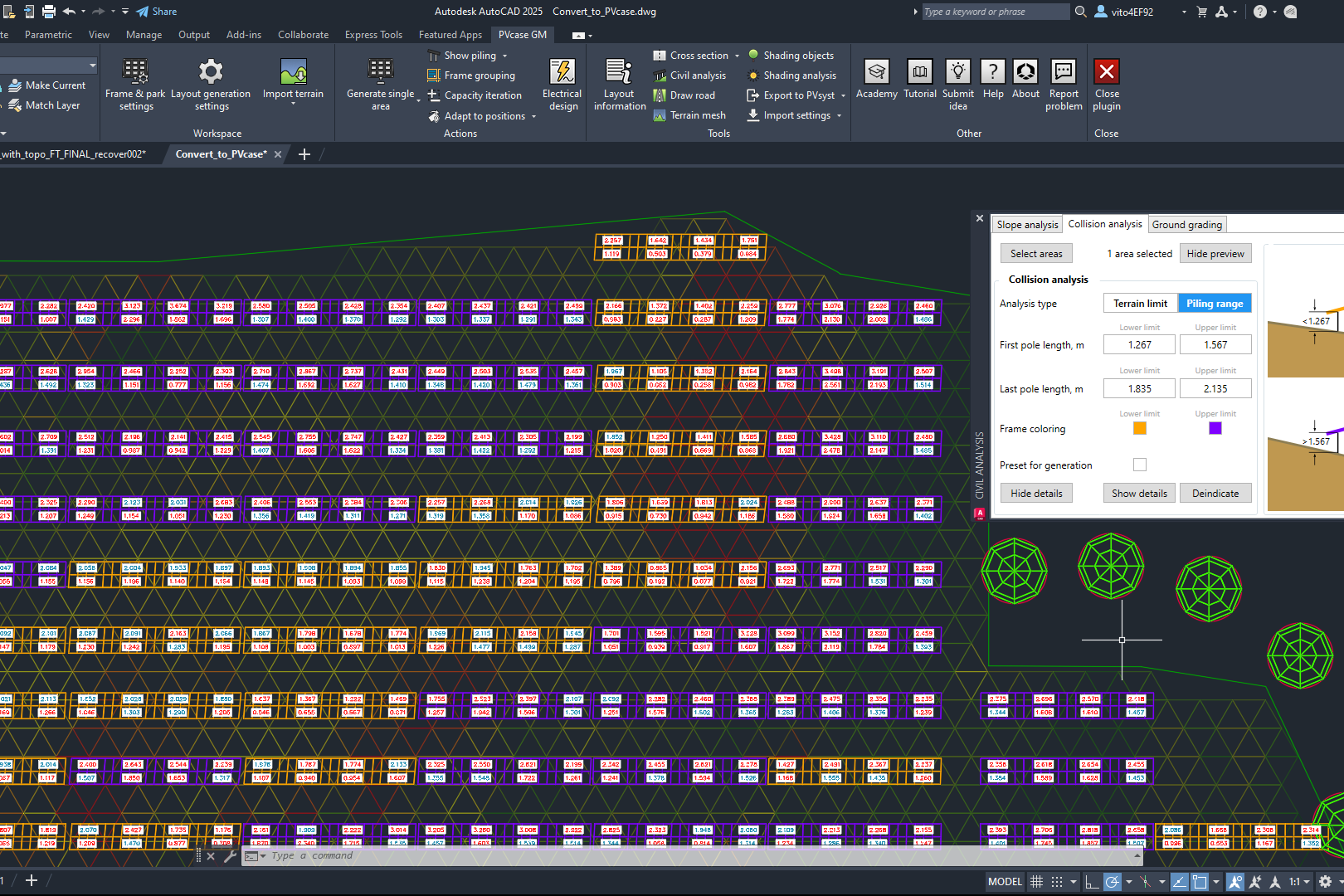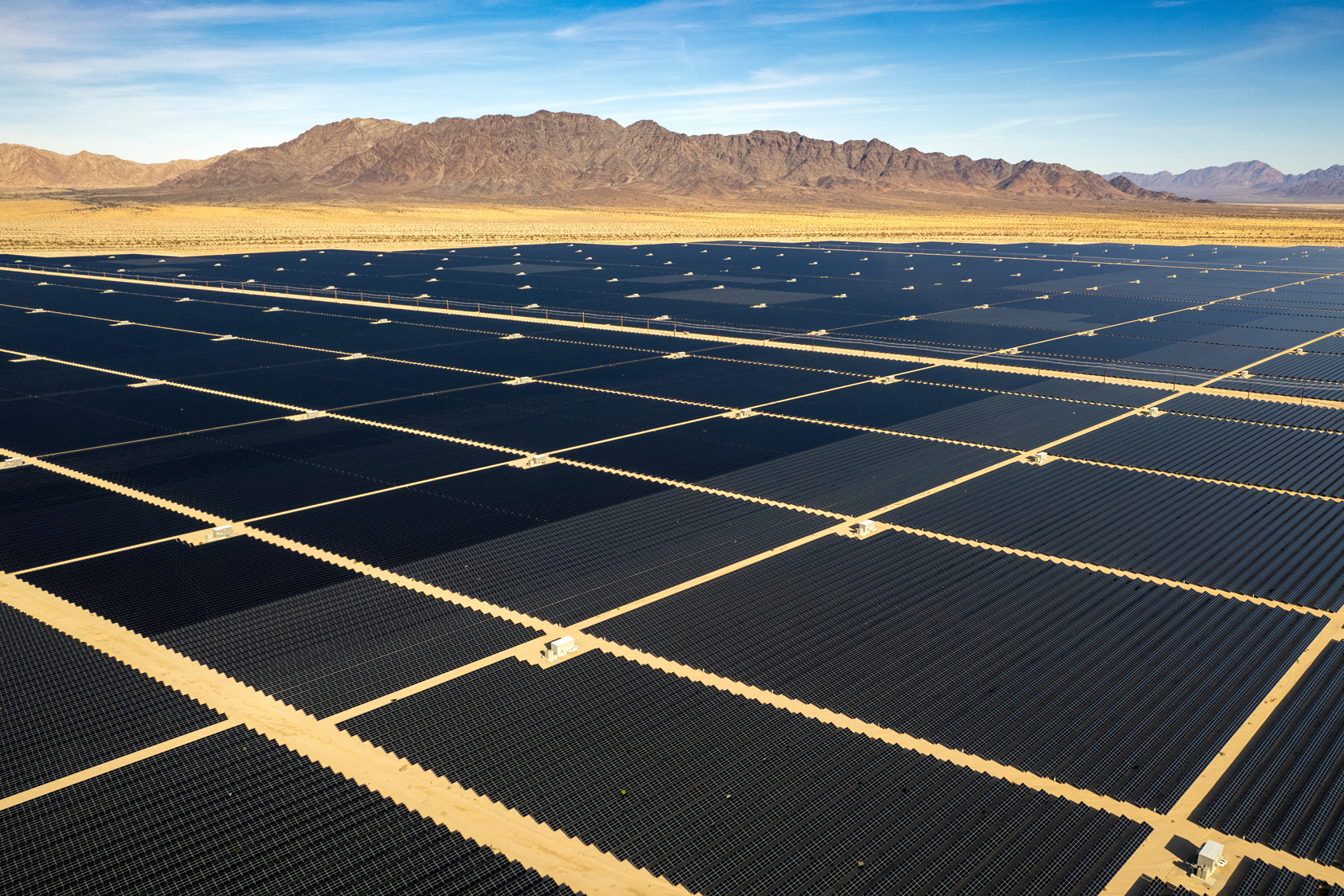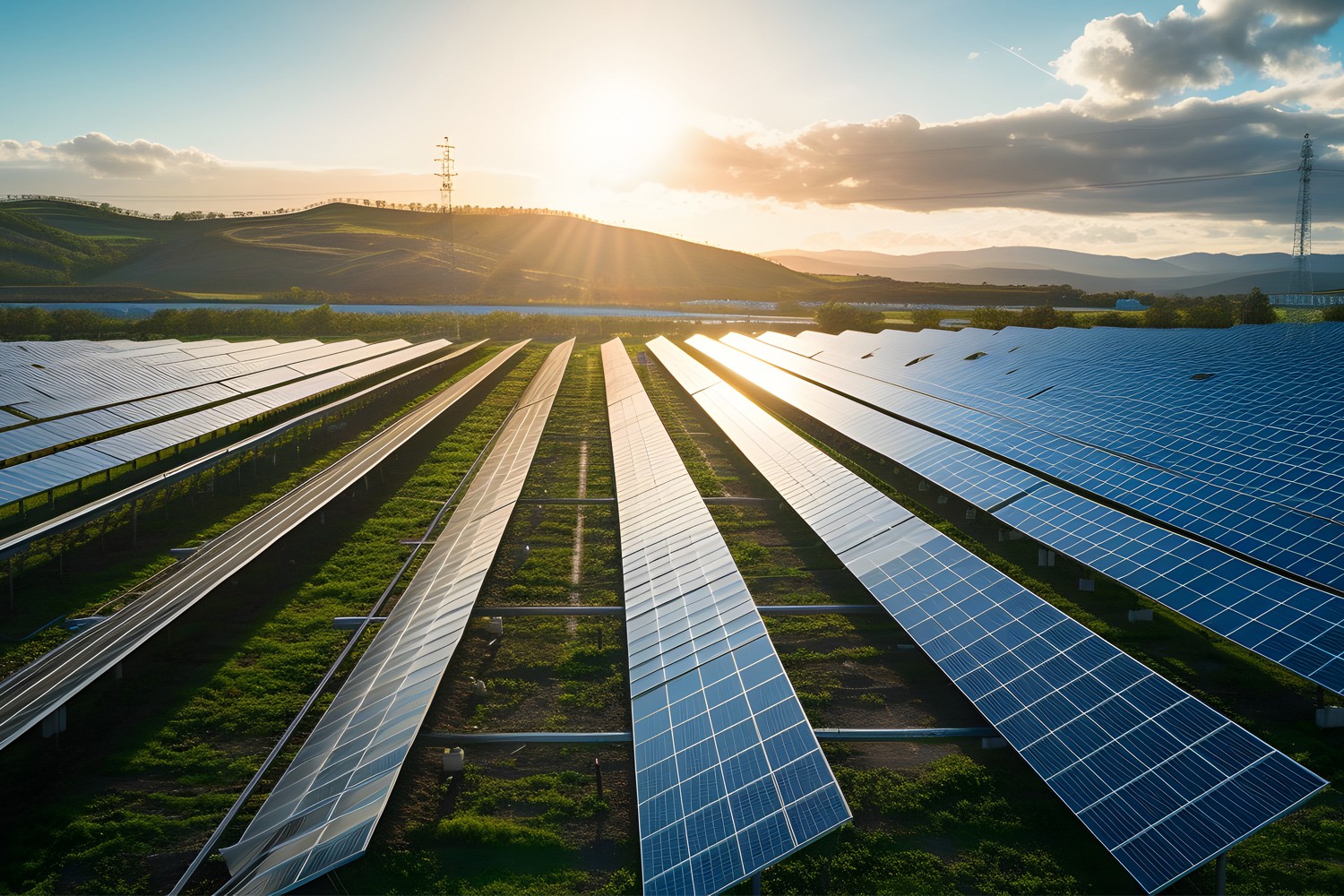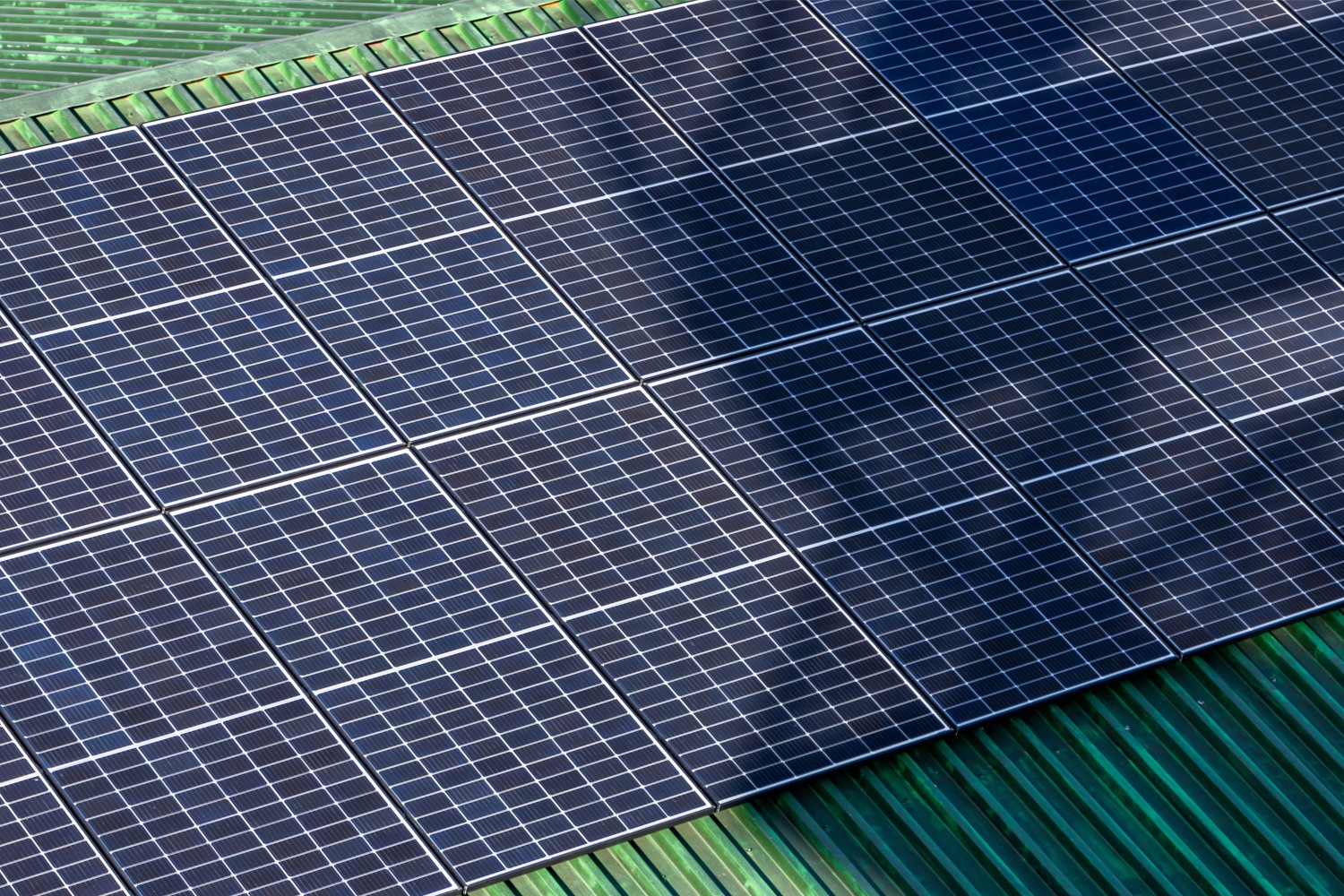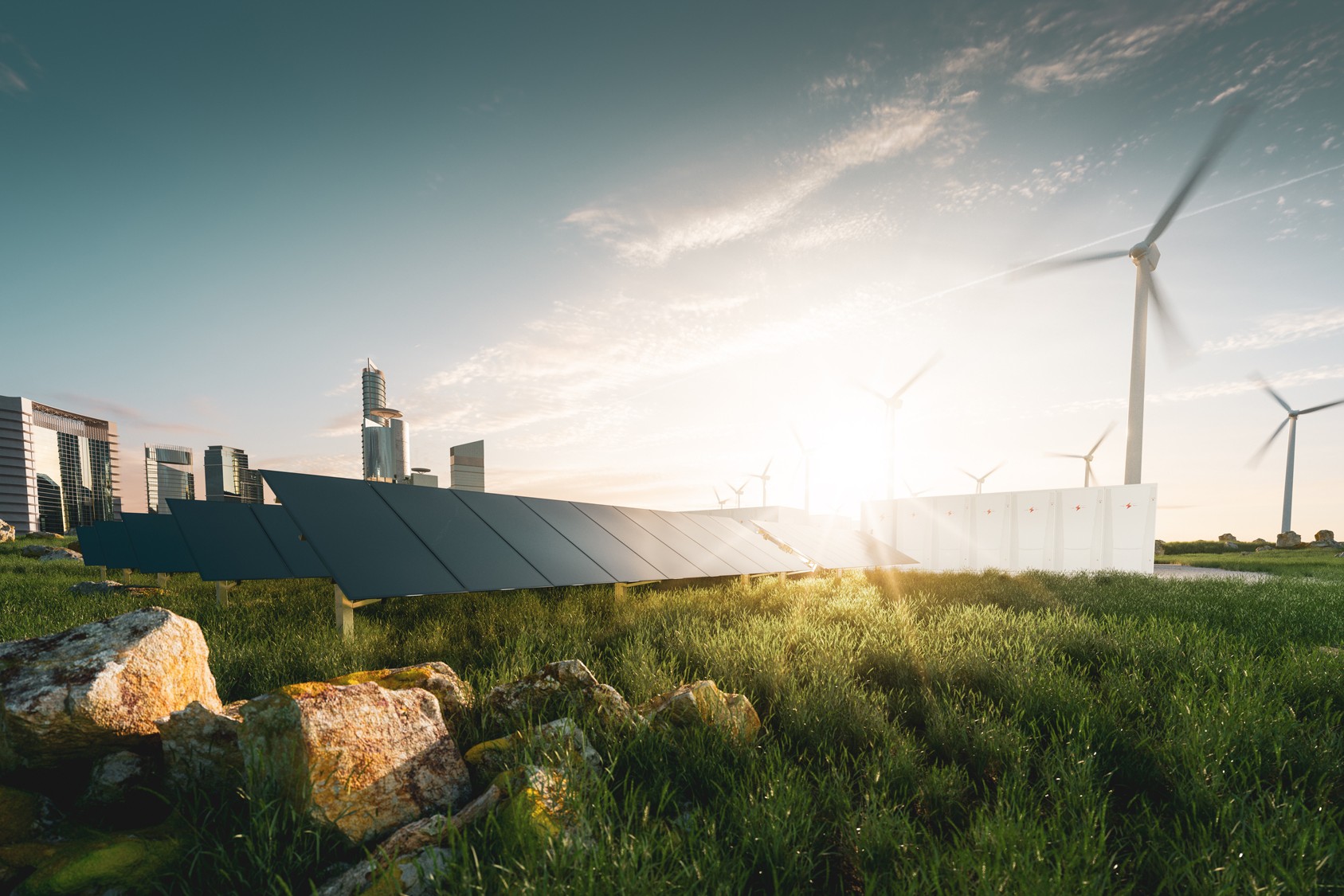Climate change has led to an increase in the severity of weather-related events. A study of weather disasters by Carbon Brief found that climate change made 71% of extreme weather events more likely or more severe. The study covered storms, floods, drought, extreme heat waves and wildfires.
The 2021 winter storm in Texas, known as the Great Texas Freeze, provides a tangible example of this phenomenon. Abnormally warm air in the Arctic pushed freezing air far to the south, bringing sub-zero temperatures to Texas for nine days. The event knocked out power and led to a surge in electricity pricing that made power unaffordable for millions and cost more than a billion dollars in eventual repairs.
The Texas example shows how the power grid can be a major casualty of extreme weather events. Sustainable power sources like solar photovoltaic (PV) panels can mitigate weather-related risks by diversifying the power grid and providing localized sources of energy. In addition to supplying buildings, solar power can be used for specific purposes, such as running heaters or air conditioners, powering traffic signals or keeping emergency services operational.
Here is a look at seven ways solar installations can improve resilience to extreme weather events made more likely by climate change.
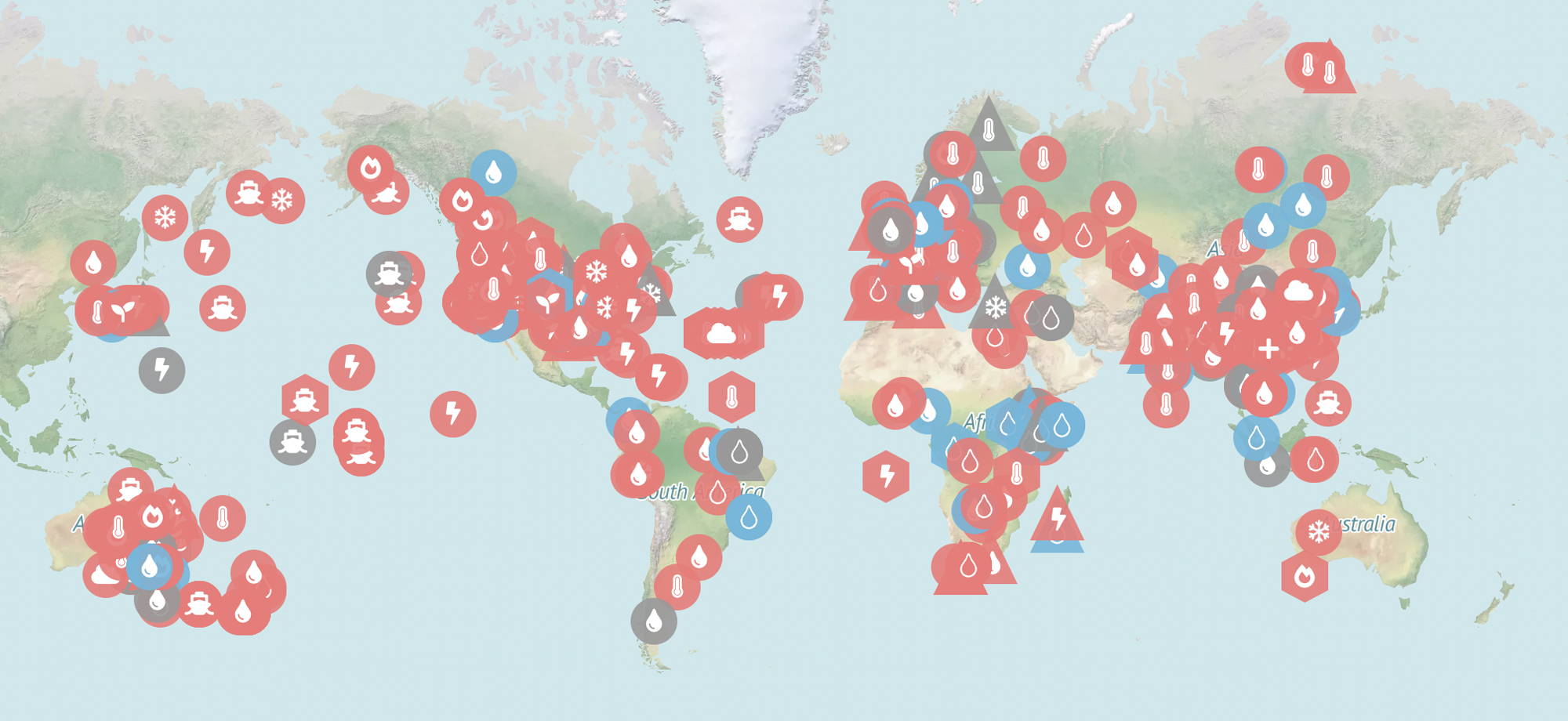
Less reliance on the grid
With most customers in Texas totally reliant on their state’s power grid, people had to endure days of freezing cold temperatures without electricity to heat their homes. Another example of severe grid failure due to weather happened in Puerto Rico in 2017, when some households went without power for 180 days following Hurricane Maria.
During each of these disasters, a home or business with roof-mounted solar panels may have been able to operate before regional power was restored. Solar panels produce their own power during sunny weather, and a battery storage system can continue to supply power at night. PV panels may be connected to the grid or operate as a standalone off-grid system, but either way, they do not need input from an outside source to function.
Versatility
Solar power is versatile enough to provide benefits in a variety of environments and use cases. For instance, residential roof-mounted systems are ideal for homes and small businesses, providing energy without taking up additional space on the property. Ground-mounted arrays work best for utility companies, privately owned solar farms or in other situations when roof panels aren’t feasible.
Technology can assist further in the building and optimization of solar arrays. For example, professional solar design software helps installers find the ideal angle and placement of panels for maximum power generation throughout the year and in various weather conditions.
A solar array’s ability to feed electricity directly into the home, to a battery bank or back into the grid means it can provide energy in the aftermath of a weather event and offer continuous power even when the grid is strained.
Structural resilience
Solar panels have tempered glass and metal frames. They are designed to withstand strong winds, hail, ice, snow and blown debris. In places like Florida, where hurricanes are common, the quality of installation is extremely important. High-quality panels can withstand hurricane-force winds, but the force of the wind causes panels to lift slightly, putting additional strain on the roof. Proper installation and design can limit this risk.
System designers and installers need to design roof-mounted PV systems diligently and verify the structural integrity of the roof before beginning the project. Building for durability and longevity is extremely important if you plan to rely on the panels as a primary electricity source after a weather-related disaster.
Ease of maintenance
Solar panels require an upfront investment. Though ongoing maintenance is necessary, the cost of maintaining the system is extremely low. Unless the system needs repair, the primary maintenance requirement is removing dust and debris from the panel faces to ensure maximum performance.
The amount of cleaning can vary depending on the level of dust or pollution in your area. Solar panel companies often recommend twice-per-year cleaning to make sure the glass is clear.
Some installers have applications that you can use to measure the efficiency of each panel. This information can help you time cleaning and also get an early warning about potential issues affecting your system. Ensuring maximum efficiency and dealing with repairs promptly will make your panels more reliable when you need them after an extreme weather event.
Ending the cycle of emissions
Solar panels can significantly reduce emissions. This is especially the case in areas where solar replaces energy from fossil fuels like natural gas. A one-acre solar array can reduce carbon emissions by 175 to 198 metric tons if it replaces natural gas. In comparison, a one-acre forest would absorb about 0.84 metric tons of carbon, annually.
Climate change is irreversible unless we cease emitting greenhouse gases immediately and completely. Many governments have agreed to attempt to limit the global average temperature increase to 2.7° F (1.5° C). The primary method for doing this is to reduce carbon emissions. Unlike natural gas, coal, or other fossil fuels, solar power creates energy without directly emitting carbon.
Once installed, panels are carbon-free. However, most of the carbon footprint for solar panels comes primarily from manufacturing and delivery. You can lower the emissions by selecting panels built domestically, which can lower emissions caused by the panel by 30%.
Support for the local economy
The solar panel boom is creating new jobs. The industry currently employs about 264,000 people, with new jobs added in 42 states during 2022. This employment trend looks set to continue with the U.S. Bureau of Labor Statistics predicting a 22% growth in demand for solar installers between 2022 and 2032.
Solar panel installation brings new jobs to the local area and helps support local solar businesses, and a stronger economy can positively impact resilience after a disaster. A study from the University of Wisconsin found that regions with stronger economies experienced fewer losses due to disasters. Perhaps this was due to the ability to afford resilience upgrades or a larger tax base for infrastructure improvements.
Not exclusive to homeowners
Most people associate solar power with rooftop systems installed on residential properties. While these systems are becoming more common, they still only account for 18% of the total solar output in the U.S.
Most of the solar output in the country comes from utility-scale solar arrays and commercial and industrial installations. Businesses of all sizes can install solar panels to help limit overhead energy costs, enjoying the same cost-saving and resilience benefits as homeowners. The U.S. government offers tax rebates of 30% or more for businesses that meet labor and installation requirements.
Whether you have a home or business, solar energy offers reliable electricity even if the grid fails to function after a severe weather event. As climate change increases the number of weather-related disasters, solar will play an important part in reducing the impact of these severe weather events.
You might also be interested in:
July 19, 2024
Siting of PV power plants. How to adapt solar designs to complex terrains?
Choosing the wrong PV project site lowers energy output, raises costs, and risks legal issues. PVcase offers solutions. Discover them by reading the article.
July 16, 2024
Overcoming technical challenges in renewable energy projects. How PVcase transformed OHLA’s design process
Explore how OHLA overcame renewable energy design challenges with PVcase, streamlining solar park operations and achieving remarkable business growth.
July 3, 2024
Bridging the renewable energy skills gap. A success story of PVcase, Enery, and the University of Applied Sciences Upper Austria
Discover how PVcase, Enery, and the University of Applied Sciences Upper Austria have collaborated to prepare future solar engineers through an innovative educational initiative,…
July 1, 2024
Top 10 questions from Intersolar Europe 2024, answered
Get answers to the top 10 questions asked during Intersolar Europe 2024 that cover PVcase Prospect's availability, integration of PVcase products, and much more. Your question is…
June 19, 2024
Targeted solar marketing for successful landowner outreach — e-book included!
Discover how innovative strategies and Anderson Optimization's GIS Site Selection can boost solar outreach ROI and conversions. Download the ebook for more insights!
June 3, 2024
PVcase is part of the 42-month long SUPERNOVA project
PVcase, together with 19 partners from all over the world, is part of the 42-month SUPERNOVA project, focusing on O&M and grid-friendly solutions for reliable, bankable, and…
May 29, 2024
PVcase tools are now compatible with AutoCAD 2025!
We’re happy to announce that you can now use PVcase Ground Mound and Roof Mount, our flagship CAD-based tools, on AutoCAD 2025, enjoy its multiple functionalities and integrate…
May 20, 2024
PVcase is the finalist of “The smarter E AWARD” in the Photovoltaics category
We’re the finalists of “The Smarter E AWARD”! Read more about the nomination and dive into the PVcase Integrated Product Suite offering that innovates the industry.
May 14, 2024
Making great designs on good sites—the importance of topo data for PV design
Topo data is the first step in determining the success of your solar project. While the terrain is crucial in this regard, developers should also consider grid connectivity and…
April 29, 2024
How policy can shape future solar energy expansion
Policymakers and regulatory organizations must actively support solar power's growth and renewable energy advancement. Read the article to learn how.
April 25, 2024
Shading Analysis: advanced feature for C&I roof-mount solar projects is live
Shading Analysis is live! Read the article to learn about benefits, capabilities of the tool, and how it can help users and decision-makers.
April 9, 2024
PVcase wins the BNEF Pioneer Award 2024 for innovative solar design solutions
We won the prestigious 2024 BNEF Pioneers Award! Find out how our software contributes to relieving bottlenecks in the deployment of clean power.
March 29, 2024
Sustainable cities: what urban living of the future might look like
From clean energy to green bonds and renewable energy stocks, there are many ways you can invest your money in a sustainable future. Find them out by reading the article.
March 22, 2024
8 ways to invest your money in a sustainable future
From clean energy to green bonds and renewable energy stocks, there are many ways you can invest your money in a sustainable future. Find them out by reading the article.
March 21, 2024
8 business opportunities in renewable energy
There are many potentially lucrative business opportunities in renewable energy. Learn how you can use these opportunities to make money while contributing to the green…


